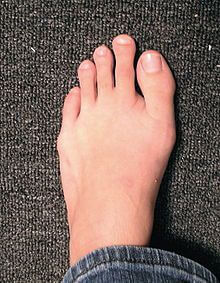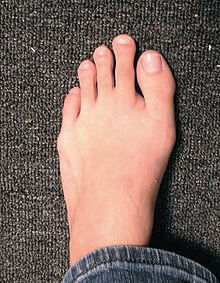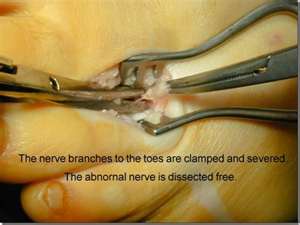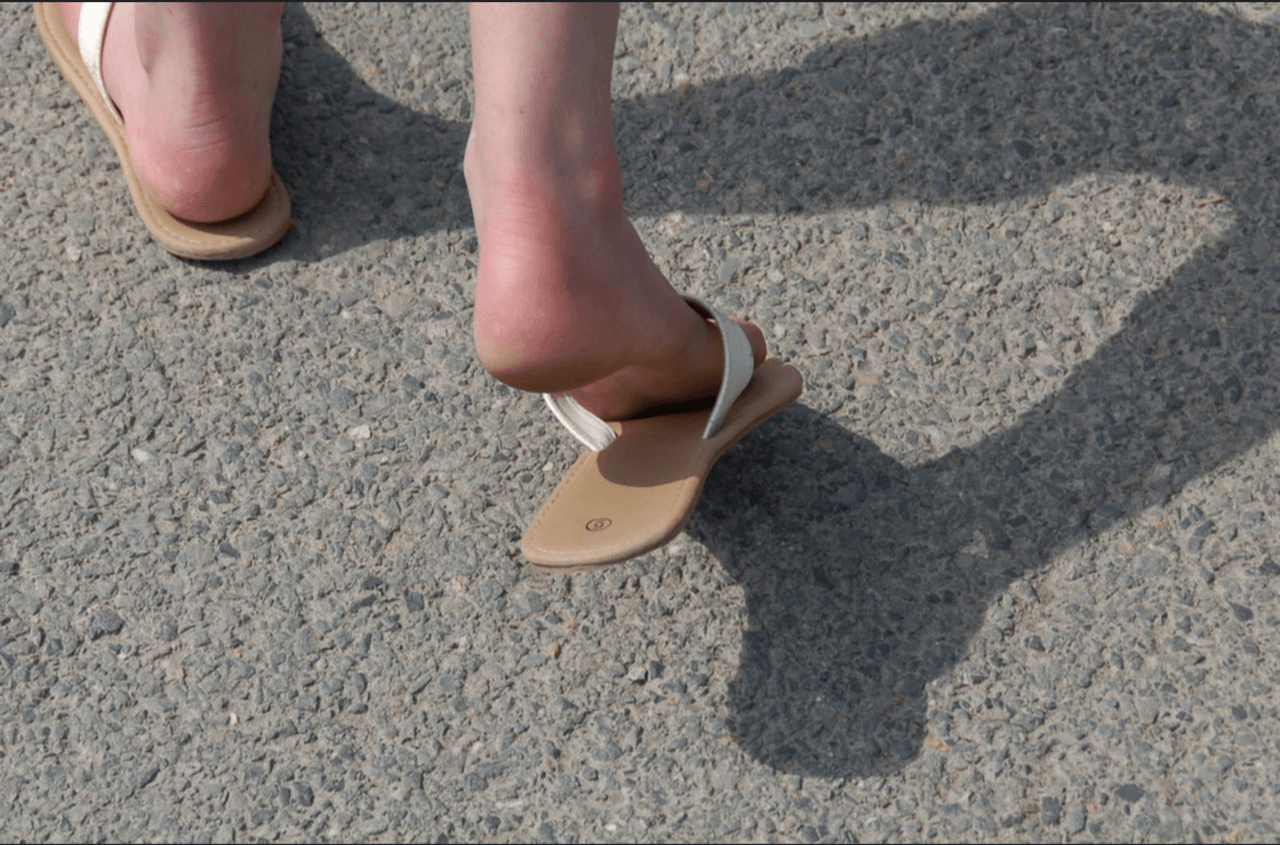morton's neuroma
Displaying items by tag: morton's neuroma
Dr Brandon Nelson, A Board-Certified Physician & Surgeon Discusses How To Best Treat Your Morton’s Neuroma

Morton’s neuromas can be extremely painful for many people. I think nerve pain is one of the most challenging pathologies to treat. I see quite a few patients each week with neuromas. I find there are a few things that can make a big difference in neuroma pain. Let’s review them and see if we can help you if you are experiencing nerve pain or neuroma pain.
Neuromas are very susceptible to alcohol injection therapy. This is one of the best available treatment options we have currently. This technique has been around for about 30 years and the literature reports an average success rate of 89%. I have been utilizing it now for about 15 years and find it highly effective for patients. The average patient needs 4-6 injections about 2 weeks apart. I have even had great success with stump neuromas and patients that have tried many other conservative treatments.
Orthotics can be a big help as well. I am not talking about a shoe insert, or something over the counter or at a shoe store. These are prescription orthotics devices made by a physician. A gait analysis and overall biomechanical examination needs to be done to identify causes contributing to the nerve irritation. I like to utilize a 3-D scan of the foot to get an extremely accurate copy of the foot structure. I find active people do well with these devices and find significant pain relief.
Nerve supplements and laser, FDA approved laser, can also be used to help nerve pain. We currently have a laser that has shown extremely promising results with no complications. I like to combine nerve supplements with laser and infra-red-light therapy. The best part of this is no interference with any other medications, no down time, and no side effects.
If you have a neuroma, I can help, call to make an appointment with me at 425-391-8666 or schedule an appointment online.
Sincerely,
American College of Foot & Ankle Surgeons
Dr. Brandon Nelson, Board-Certified Foot and Ankle Surgeon, Discusses the Management of Morton’s Neuromas

Morton’s neuromas or interdigital neuromas are usually from a compression of the nerves in the front of the foot. Oftentimes characterized as burning or pain that’s exacerbated by walking or tight shoes. A number of different etiologies have been described to decrease blood supply progression to irritation from bursa or the intermetatarsal ligament. The majority of these neuromas occurr in the third interspace, about 70% of the time and in the second interspace about 30% of the time. It is most common to have a single neuroma however some patients have multiple neuromas. There are multiple studies on the best conservative measures.
Conservative measures range from orthotics, footwear adjustments, corticosteroid injections, alcohol injections, radiofrequency or even cryoablation. Conservative management continues to be the mainstay of neuroma therapy. Oftentimes it can take months before your neuroma feels better depending on the size and location. There are a few people that have multiple Morton’s neuroma and an MRI can be highly valuable.
Surgical management usually consists of removal of the nerve. This is generally done to the top of the foot and has a fairly short recovery as compared to other foot and ankle surgeries. Sound physicians go to the bottom of their feet just depending on experience and discomfort levels. The overall success rate with surgical management is high, if conservative measures have failed, it is the appropriate next step.
If you’re suffering from neuroma pain make an appointment today and I can help. Give us a call at 425-391-8666 or make an appointment online today.
Sincerely,
Board-Certified Foot and Ankle Physician and Surgeon
Dr. Brandon Nelson, A Board Certified Physician, Discusses Toe Pain And Plantar Plate Injuries
Toe pain, especially of the 2nd, 3rd and 4th toe can be quite common and have a few different sources of pain. The 2nd toe often has pain associated with a bunion or instability of the inside of the foot. A lot of patients have a foot structure that can overload the 2nd toe and cause mechanical pressures that eventually fatigue the joint. The 3rd and 4th toe are more likely to have an entrapped nerve. The anatomy in this location causes a compression issue where the nerve exists and can create problems for patients.
The 2nd toe or 2nd metatarsal phalangeal joint has a thickening called a plantar plate. This thickening acts like a cushion and helps protect the toe and joint when walking. If your foot structure places too much pressure on this joint, you can tear the plantar plate. One will often see the toe start to drift towards the 1st or inside of the foot. The pain is often like a neuroma, burning, tingling, and swelling. Often patients will require an MRI to confirm the tear. Once the tear is confirmed the plantar plate usually requires surgical repair. There are two methods one from the top of the toe and the other from the bottom. I often will decide which is appropriate for the patient based on any other foot pathology that may need to be addressed, like a bunion.
The 3rd and 4th MTPJ or 3rd interspace, the area between the 3rd and 4th toes is common spot for a Morton’s neuroma. The foot has two large nerves on the bottom the lateral and medial plantar nerves. These two nerves come together in the 3rd interspace and are often compressed between the metatarsal bones. This squeezing affect can result in burning to these two digits. A neuroma can be treated very effectively with alcohol injections. The alcohol injection series is 89% successful in eliminating nerve pain.
If you are suffering from burning, tingling, or swelling in your foot we can help. Give us a call at 425-391-8666 or make an appointment online.
Dr. Brandon Nelson Discusses Minimally Invasive Intermetatarsal Nerve Decompression for Morton’s Neuroma

Morton’s neuroma or inner metatarsal neuralgia is a common nerve entrapment of the foot. If left untreated, it can become extremely painful to exercise or wear shoes. There are quite a few nonsurgical approaches to do with the nerve, however not every patient can find relief from these. There are 2 categories of surgical procedures for Morton’s neuroma including decompression and neurectomy. A decompression refers to releasing the structures around the more given more space to decrease inflammation and pain. The neurectomy involves removing portion of the nerve so that the nerve this cannot cause long-term pain. The nerve that is removed is sometimes called is a nerve that provides sensory input, it does not control any motor movement of the toes or foot.
Nerve decompression has been around for quite a long period of time. It is most commonly used for carpal tunnel or tarsal tunnel and has shown good long-term success. This technique was applied to the nerve in the foot and revolves around releasing intermetatarsal ligament to create space for the nerve. The majority of patients to get relief from the nerve decompression have a fairly small neuroma and the long-term data as to whether or not this provides relief has not been ordered.
The traditional surgery or the neurectomy of the Morton’s neuroma involves an incision between the third and fourth metatarsals. Dissection is then carried out in the intermetatarsal ligament is released like with the compression however that a portion of the nerve is removed as well. Long-term success of this procedure has been well established this is considered to be the standard approach for most neuromas.
If you have a Morton’s neuroma and are interested in conservative measures or surgical measures we are here to help. Our on-site surgery center makes it convenient for our patients. Please call us at 425-391-8666 or make an appointment online today.
Dr. Brandon Nelson Discusses Options to Consider Before Having Your Neuroma Removed

Neuromas or Morton’s neuromas can cause a lot of pain especially in people who partake in physical activities. Often times patients present with burning or tingling in the foot. The pain can subside with massage or taking off the shoe. Patients often relate numbness or tingling to the third and fourth digits and have done online research about Morton’s neuromas. The third interspace is by far the most common spot to get a Morton’s neuroma because the medial and lateral plantar nerves come together in this location.
Patients often have tried cortisone injections or other conservative modalities and then often times consider surgical removal. I always recommend an additional consultation for having a Morton’s neuroma removed because alcohol therapy can be so successful. At our clinic we use an ultrasound-guided alcohol injection therapy and often times see about a 90% resolution of symptoms. If you’re considering having your neuroma removed surgically please see us prior to doing this to see if you are a candidate for this therapy.
Give us a call today at 425-391-866 or make an appointment online today.



